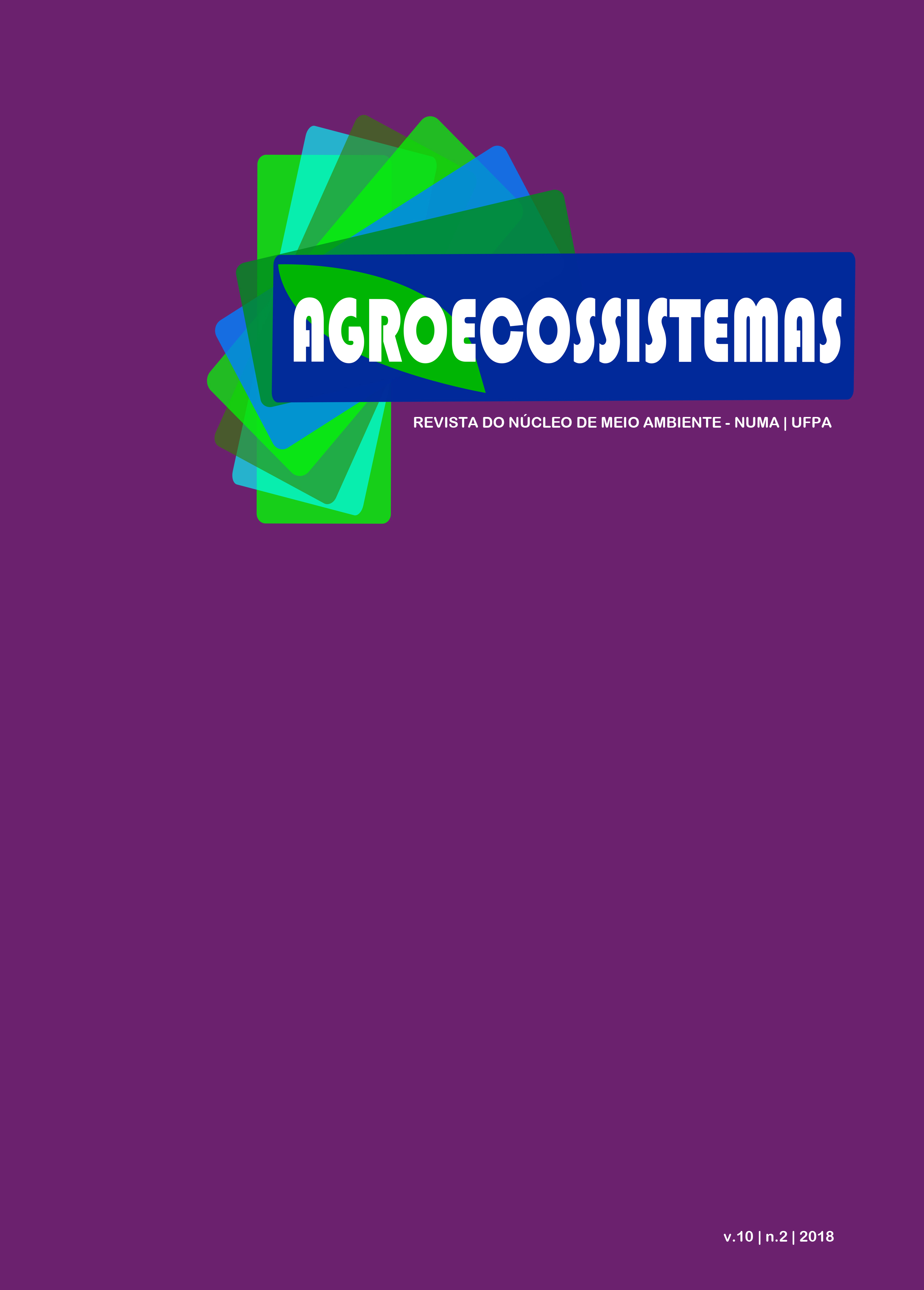FOREST STRUCTURE AND DYNAMICS, BEFORE AND AFTER THE EXTRACTION OF WOOD, IN A FOREST MANAGEMENT AREA OF THE FLONA TAPAJOS
DOI:
https://doi.org/10.18542/ragros.v10i2.5183Abstract
Forest dynamics has the purpose of analyzing the behavior of a forest in relation to its structure, composition, growth, mortality, regeneration and ecological factors in face of modifications caused by natural or anthropic effects. In this sense, the objective of this work was to evaluate the effects of reduced impact logging on forest structure and dynamics in a 1600ha community forest management area located in the Tapajós National Forest, Km 117. The data collected come from 08 plots forest monitoring with 0.25 ha each measured before and after harvesting. The following parameters were observed: forest structure, importance value index, pre and post-harvest diametric distribution and forest dynamics. The data collected in the field were inserted and analyzed in the Tropical Forest Monitoring (MFT) program. The extraction of wood made in the area did not affect the structure of the forest, as it maintained the diametric class distribution, high productivity with low impact, thus reaffirming that the management plan carried out in the area is efficient.KEYWORDS: Monitoring, Mortality, Reduced impact.Downloads
Additional Files
Published
2018-11-19
Issue
Section
Artigos Científicos


